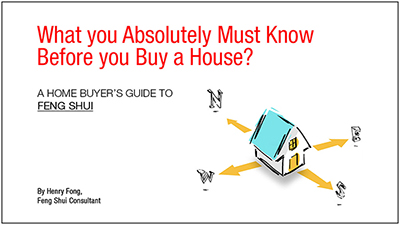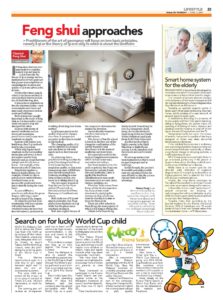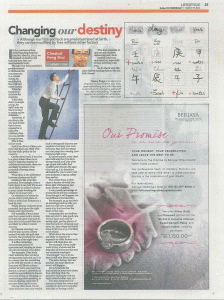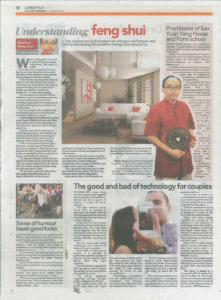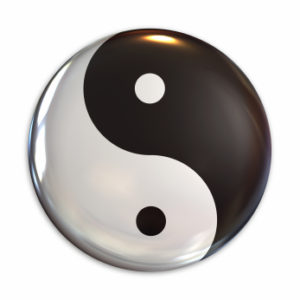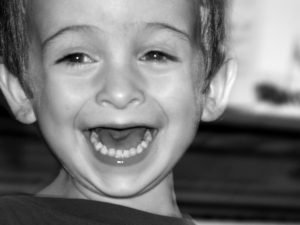(This is an article that I wrote in a column for the Sun Daily newspaper).
A popular is question is, “Which is more important? Internal or external Feng Shui?”.
Internal Feng Shui refers to the Feng Shui of the inside of the property enclosed by its walls. It exclude the garden and fences. The garage is considered internal if it is attached to the house and there is a connecting passage into the house.
External Feng Shui refers to the external of the house and include the garden, fence, surrounding land form and man-made structures such as roads, rivers, playground, mountain, high tension pylon etc.
In an audit a practitioner has to look at both. For example, lets say the practitioner has determined that a house has a “prosper mountain prosper water” quality meaning that it is auspicious for wealth and relationships. However this is only true if there is appropriate mountain and water feature in the surrounding.
By appropriate mountain feature, we mean a real mountain, hill, elevated land or tall trees or buildings at the sitting side that simulate a mountain feature. By water feature, we mean, rivers, lake, swimming pool, fields and land at a lower level at the facing side that simulate a water feature.
Much effort in internal Feng Shui is spent on selecting and appropriately using the auspicious sectors. For example, the main door and kitchen should be in sectors where the wealth energy is strong while the bedrooms should be in sectors where the relationship and health energy is strong.
Even then, the external feature is important. For example, outside the specially selected bedroom there should be a mountain feature. At the least it should not have a water feature such as a lake or a steep downward slope. Otherwise the relationship and health quality of the bedroom is deeply degraded.
Equally much effort is also spent on avoiding internal sha such a overhead beam cutting the bed and to ensure violation of any Feng Shui best practices e.g. the stove sharing a common wall with the WC (Water Closet).
Externally most of the effort is spent on finding matching land forms and man made structures and avoiding sha. Structures that generate sha such as high tension pylon or a rocky sill side nearby can degrade the quality of the house turning what should be auspicious into inauspicious.
For example, the south east sector of house is associated with the elder sister, the liver, study and status and mercy. If there is a sha generating structure at the south east, such as a rocky mountain or polluted lake, it can cause problems for the occupants especially middle age women and with the liver. It is cause a lack of desire to study, become merciless, a demotion or a lack of direction or desire and excessive sex!
The flow of the river matters too. Based on the facing or sitting of a house, water flowing in or out from certain sectors relative to the house is auspicious. In modern societies, you have got to be quite lucky to live near a river. You are more likely to see a roads or a large drains. Just like rivers, a practitioner will evaluate if they are beneficial to you or not during an audit.
In the next article, I will write about water placement.


